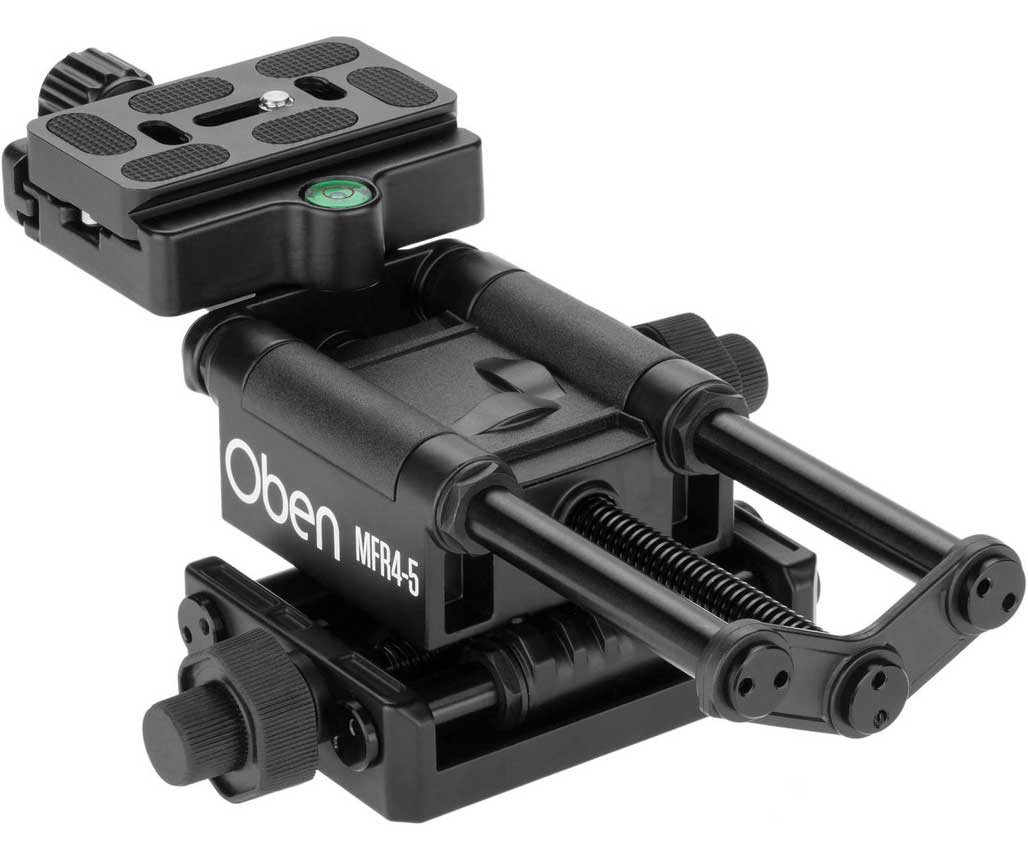#filmfriday is on hiatus today as I take a look at Tripods. They are a popular topic on this blog mostly because I think tripods are a simple tool that can really improve the sharpness (and even the composition) of your images. A tripod forces you to take the time to look at the four corners of your frame before making an exposure so there are no surprises. Recently, I started my annual Holiday Buyer’s Guide series of posts and the first topic was tripod heads. If you missed it you can read it here.
Today’s Post by Joe Farace
 Why use a tripod? The most obvious benefit is that it provides better image sharpness than what would otherwise be possible at hand-held shutter speeds. Reality check: As you get older your ability to hand hold a camera isn’t what it used to be and typically means you’ll need to use higher shutter speeds to create the kind of sharp images you could more easily produce when you were younger.
Why use a tripod? The most obvious benefit is that it provides better image sharpness than what would otherwise be possible at hand-held shutter speeds. Reality check: As you get older your ability to hand hold a camera isn’t what it used to be and typically means you’ll need to use higher shutter speeds to create the kind of sharp images you could more easily produce when you were younger.
As good as lens stabilization or IBIS has become, and it’s pretty amazing these days, you may find that a tripod might come in handy when you want to capture the sharpest possible images—especially for macro photography,
For my own photography. I’ve found that using a tripod also encourages a more deliberate approach to making photographs. Having to think about composition and the time it takes to move a tripod’s controls before banging off a few frames will, I believe, dramatically improve the quality of your photographs, much more than you might imagine.
There are just a few basic characteristics that are needed for a useful tripod: It must be sturdy enough to support the camera securely but lightweight enough so you’ll actually take it with you! After that it becomes a matter of matching the type of tripod construction and material it’s made from with how you work and, more importantly, what you can afford.
And some applications simply demand a tripod. If you’re doing close-up work, I think that using a tripod is a necessity. The use of small lens apertures to offset macro work’s shallow depth-of-field has to be compensated with slower shutter speeds. But just as important is critical focusing with the camera, which can be helped with accessories such as focusing rails.
Some companies will gladly to sell you a focusing rail set for several hundreds of dollars but for those of us, who only engage in occasional macro photography, something less expensive might be a better choice, even if it’s a gateway before investing in more precision (and expensive) gear if and when we ever get hooked on macro. But…
 How I made this shot: The one thing that my recent close focusing experiments have shown me is that it’s not a good idea to skimp on a precision photographic device. The cheap store-brand focusing rail I used with my Olympus E-M5 Mark II and M.Zuiko Digital ED 60mm f/2.8 Macro lens while seemingly well-built was not designed or constructed to a high enough standard and produced vibrations that, during long exposures, created the kind of double images I would associate with poorly hand-held shots. I went looking or a better alternatives and while some, like the Novoflex or Arca Swiss, seemed extremely well built, they are out of my budget. Panasonic’s Jack Salamanchuk suggested, in one of the Lumix Live YouTube videos, that focusing rails that cost less than $150 may not deliver the kind of precision performance you want. However, because of my real-world budget I’m considering…
How I made this shot: The one thing that my recent close focusing experiments have shown me is that it’s not a good idea to skimp on a precision photographic device. The cheap store-brand focusing rail I used with my Olympus E-M5 Mark II and M.Zuiko Digital ED 60mm f/2.8 Macro lens while seemingly well-built was not designed or constructed to a high enough standard and produced vibrations that, during long exposures, created the kind of double images I would associate with poorly hand-held shots. I went looking or a better alternatives and while some, like the Novoflex or Arca Swiss, seemed extremely well built, they are out of my budget. Panasonic’s Jack Salamanchuk suggested, in one of the Lumix Live YouTube videos, that focusing rails that cost less than $150 may not deliver the kind of precision performance you want. However, because of my real-world budget I’m considering…
Oben’s MFR4-5 Macro Focusing Rail ($79.95) provides 2.75-inches of front to back movement and 1.25-inches of maximum left to right movement controlled by dual-level adjustment knobs. The two angles of movement are controlled via top and bottom rails and allow the top rail to be used alone as a front-to-back macro rail. The rail is equipped with an integrated Arca-style compatible quick release clamp and includes an Arca-type plate.
As soon as my ship comes in (or maybe Santa will bring it) I’ll pick up one and give you an update on how the Oben’s MFR4-5 Macro Focusing Rail works with some real-world macro photography.
If you liked today’s blog post and would like to treat me to a cup of Earl Grey tea ($2.50), please click here. And if you do, thanks so much.